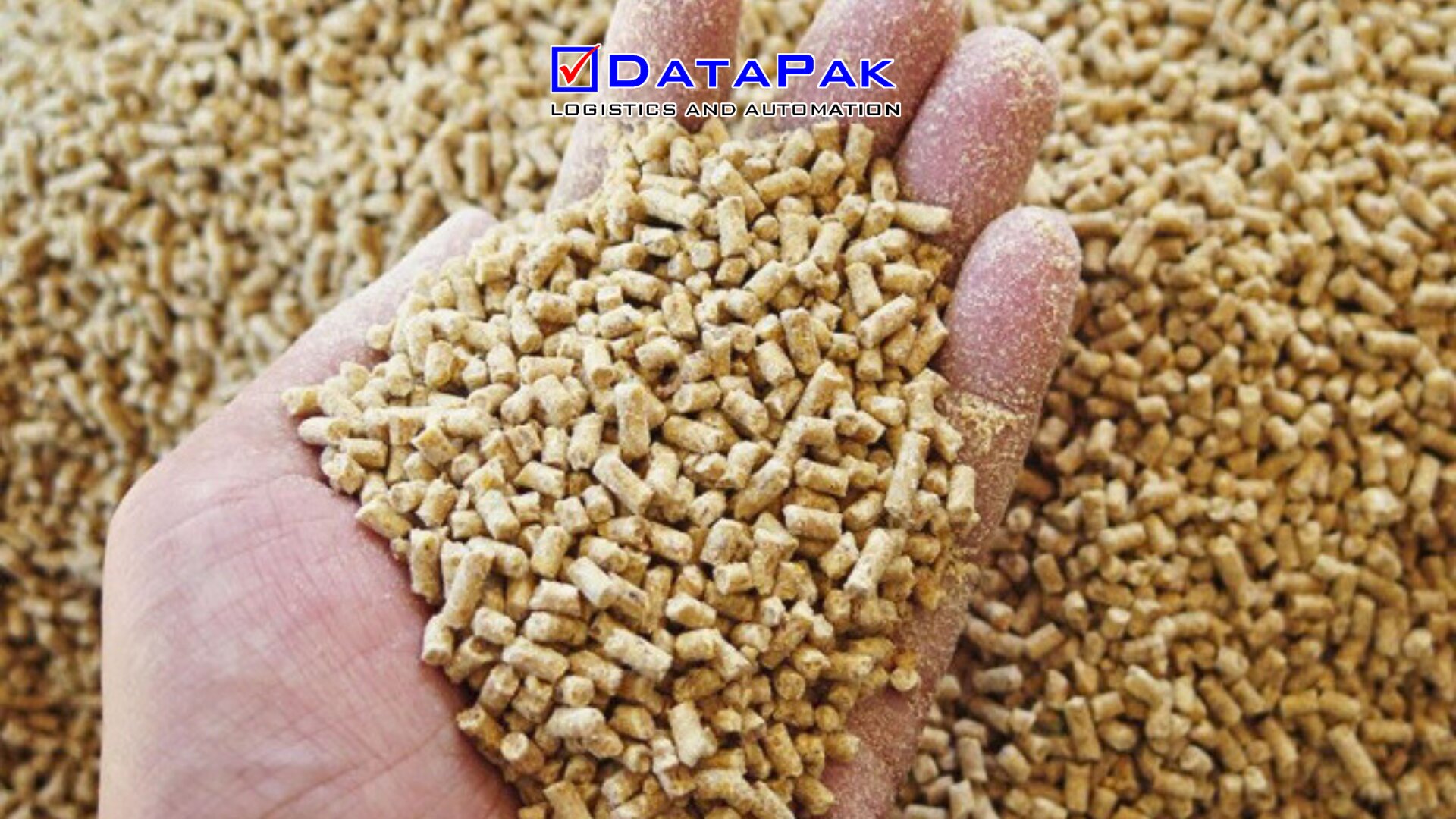The moisture content of pellets is crucial because it directly impacts product quality. If the moisture level is higher or lower than the specified standard, the pellets may become prone to mold, and their nutritional value may decrease. During pellet production, maintaining the appropriate moisture level is beneficial for the manufacturing process, as it reduces moisture loss and enhances productivity. Moisture control should be integrated throughout the entire production process, with comprehensive management of various factors depending on different situations.

What Affects The Moisture Content of Pellets?
Moisture Content of Raw Materials
Ensuring the accuracy of detecting moisture in raw materials is essential. Testing two or three samples in parallel and taking the average as the detected value can reduce errors. Raw materials with high water absorption, such as rice bran, may require the addition of a base layer when stacked.
During Production
The round die of a pellet mill has different aperture sizes, resulting in varying moisture levels in pellet products. A round die with a smaller aperture produces pellets with a smaller diameter and less moisture. In contrast, a larger aperture die produces larger diameter pellets with a higher moisture content.
During Cooling
Cooling is the final stage of the process. It is crucial to ensure that the moisture content does not exceed the quality control standard. Proper temperature control is also essential to prevent adverse effects from high temperatures on the product.
Packaging and Storage
Managing the finished product is equally important. Typically, the temperature of the pellets should not be higher than room temperature. It’s best to avoid direct sunlight exposure after packaging, as moisture may migrate to cooler areas, increasing the risk of mold in the pellets.
How to control the Moisture Content of Pellets?
In practice, if the powdered raw material has a low moisture content, it is necessary to reduce steam pressure and close the traps to improve the moisture content of the pellets. If the powdered material has a higher moisture content, high-pressure saturated steam is needed to control the moisture.
The cooling process aims to lower the temperature of the pellets and control their moisture content to meet the required standards. Once the temperature and moisture levels are acceptable, the pellets can be packaged. Otherwise, the final product may be prone to mold. Adjusting the airflow based on the pellet output, temperature, and moisture is crucial. If the pellets are too dry and small, reducing the airflow and shortening the cooling time is advisable. Otherwise, increase the airflow and extend the cooling time to ensure the pellets have a uniform cooling time and operate according to the cooler’s requirements.
If the raw materials have a low moisture content, adding water during mixing can improve pellet quality, reduce power consumption, and increase economic benefits. Since moisture content is affected by the raw materials, storage conditions, and processing, moisture control should be given careful attention.

Solution for controlling the moisture of pelleted feed
Using Hydronix moisture sensors is one of the safest solutions that helps reduce costs, improve product quality, and increase production efficiency. Contact Datapak today for consultation and to receive the most detailed pricing information!
Contact us now for advice, solutions and the fastest quote!
Hotline: 0795.40.60.80
Zalo: Datapak
Email: info@datapak.com.vn
Facebook:Vina DataPak JSC
Website: Datapak.com.vn
Linkedin: Datapak JSC
Shopee : https://shopee.vn/vinadatapak




